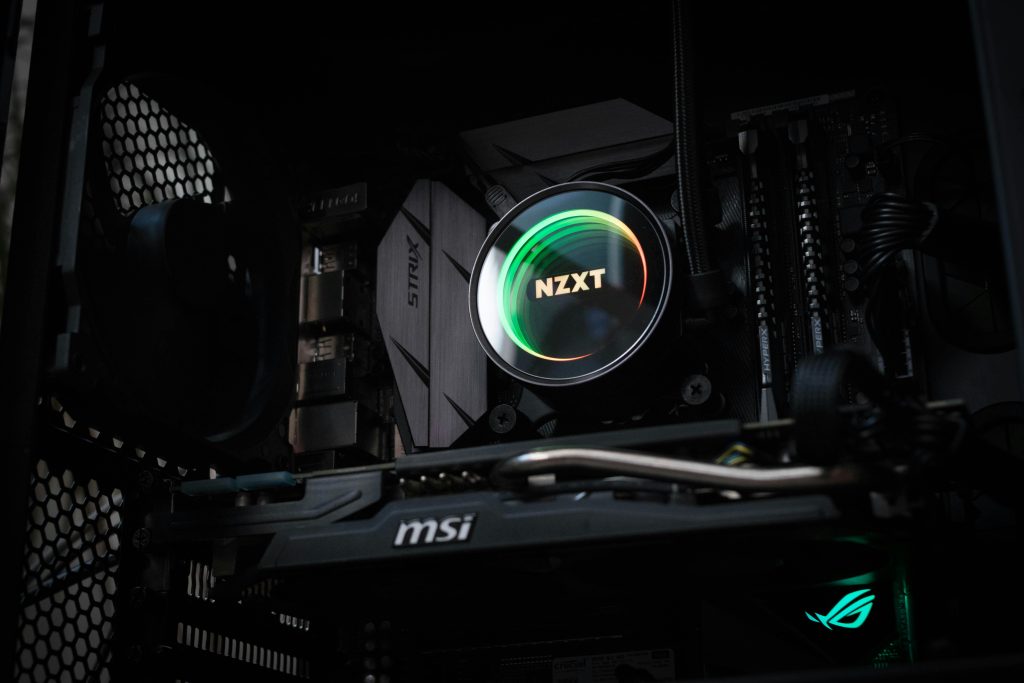Understanding Persistent Network Connectivity Issues with the RZ616 Wi-Fi 6E 160MHz Adapter: A Comprehensive Guide
Introduction
In today’s digital age, a stable and reliable internet connection is critical for both professional and personal activities. However, even the most advanced hardware can sometimes present unexpected challenges. This article aims to address common issues associated with the RZ616 Wi-Fi 6E 160MHz network adapter, especially when persistent problems emerge despite previous configurations and troubleshooting efforts.
Background
The RZ616 Wi-Fi 6E 160MHz is a high-performance wireless network adapter designed to support the latest Wi-Fi standards, offering faster speeds and lower latency. Despite its capabilities, users have reported experiencing recurrent connectivity problems, including elevated ping times, typically ranging between 300 to 500 milliseconds. Such high latency can significantly impair online gaming, video conferencing, and other real-time applications.
Case Study Overview
A user previously managed to stabilize their connection by following specific troubleshooting steps but has recently encountered a resurgence of issues. Key details include:
- Hardware Configuration:
- Network Adapter: RZ616 Wi-Fi 6E 160MHz
- Graphics Card: AMD Radeon RX 7800 XT
- CPU: AMD Ryzen 7 7700X, 8-Core Processor
-
Platform: Desktop PC
-
Troubleshooting Attempts:
- Implemented a recommended solution (referenced from prior Reddit advice) which initially resolved the problem
- Reapplied the same method in an attempt to restore stability, but without success
Understanding High Ping Problems
High ping and latency issues can stem from multiple factors, such as interference, driver conflicts, network congestion, or configuration errors. Common troubleshooting steps include:
- Updating Network Drivers
- Optimizing Router Settings and Firmware
- Adjusting Power Management Options
- Changing Wireless Channels to Avoid Interference
- Ensuring Adequate Signal Strength and Coverage
- Limiting Background Network Traffic
- Reinstalling or Resetting Network Adapter Drivers
Advanced Troubleshooting Strategies
For persistent problems, consider the following detailed approaches:
-
Check for Firmware Updates: Ensure your Wi-Fi adapter and router firmware are current, as updates often include bug fixes and performance improvements.
-
Alter Wireless Settings:
- Switch from 160MHz to a lower channel width temporarily to troubleshoot interference
- Test different Wi-Fi channels to identify less congested frequencies
- Enable or disable features like Bluetooth interference mitigation
Share this content:



